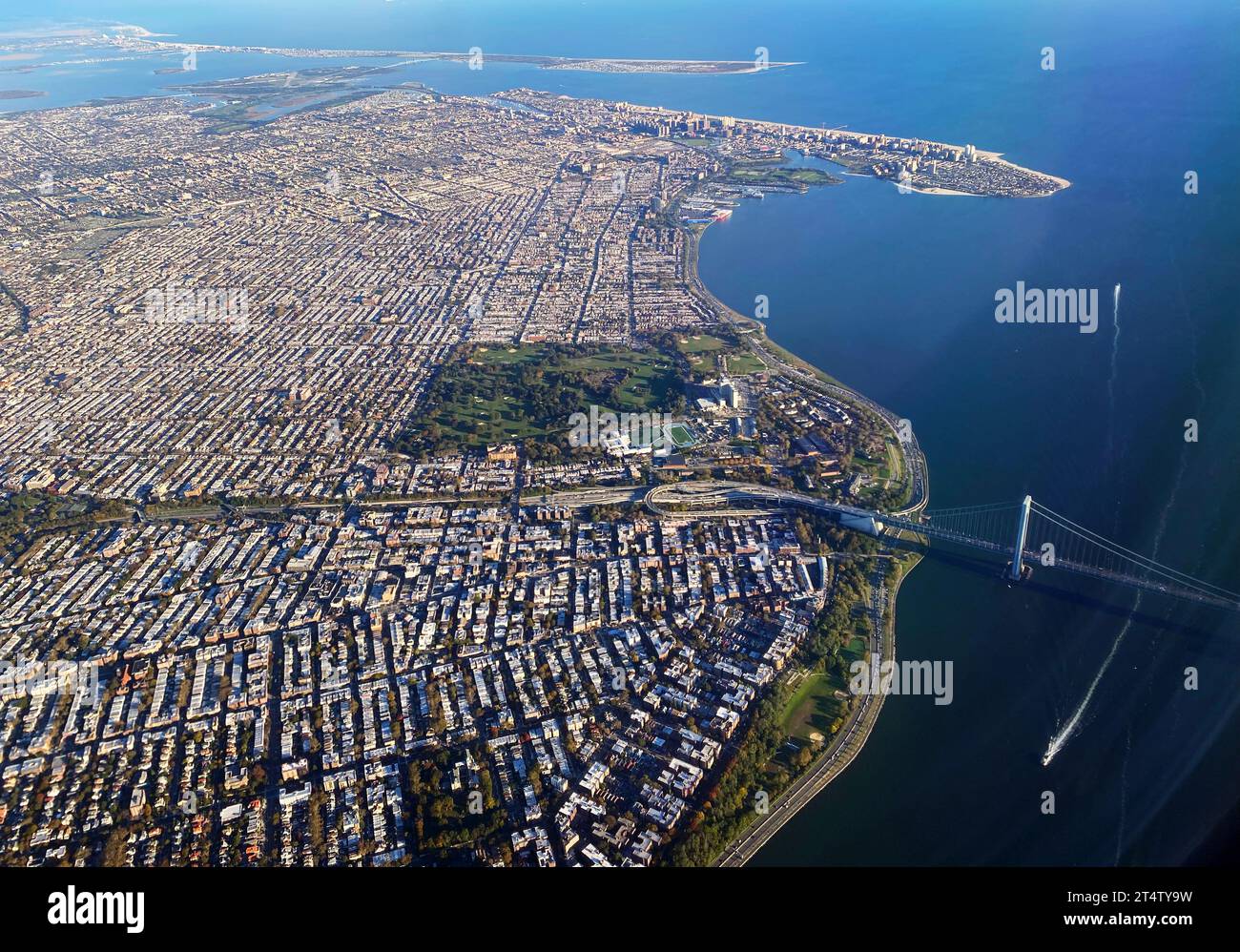New York’s Hidden Residential Gems: Affordable and Safe Neighborhoods
While New York City is infamous for its steep living expenses, it still harbors many districts across its five boroughs that offer a balance of safety and affordability. These hidden treasures enable residents to relish the quintessential New York lifestyle without denting their pockets as much as living in Manhattan would. Taking a closer look at the city’s map reveals regions under positive changes, long-standing communities showcasing local charm, and emergent neighborhoods where smart infrastructure investments are fueling new possibilities.
Living in these areas brings forth the perfect fusion of city convenience and suburban peace, offering residents an ideal lifestyle. Understanding the matrix of a safe and affordable New York neighborhood requires evaluating factors such as crime data, average rental costs, accessibility to public transportation, local utilities, community participation, and potential future developments.
The neighborhoods discussed in this light, outperform in these categories, promising an overall value that extends beyond mere cost-effectiveness, leading to substantial improvements in the quality of life. Astoria in Queens is a fantastic example, weaving a rich cultural heritage with modern conveniences and offering a lively community vibe at a much lower expense than equivalent areas in Manhattan. Over recent years, Astoria has significantly improved its public safety record with the help of community policing and proactive neighborhood associations, thereby keeping the crime rates low.
Sunnyside, Queens, stands out for its harmonious mix of traditional architecture and contemporary facilities. This district, known for its carefully maintained garden apartments and tree-lined streets, cultivates an almost suburban ambiance within the urban landscape. Bay Ridge in Brooklyn provides its inhabitants with captivating coastal views, commendable educational institutions, and a powerful sense of community at affordable costs compared to other popular Brooklyn localities.
Woodside, Queens, prides itself on being one of New York’s most culturally diverse areas, offering residents an array of authentic cultural experiences, excellent world cuisine, and strong community ties at relatively reasonable rates. Its multiculturalism breeds vibrant street life and cultural opulence that can compete with pricier regions.
Inwood, the only borough of Manhattan offers an unusual chance to reside in lower-cost housing compared to the outer boroughs while enjoying the city’s beautiful parks, historical architecture, and genuine community atmosphere. On the other hand, Riverdale in the Bronx provides a more suburban lifestyle within the city’s boundaries, which includes tree-lined roads, single-family houses, and commendable educational institutions, all while providing excellent connectivity to Manhattan via reliable public transportation options.
Another area in Queens, Forest Hills, merges historic architecture with the conveniences of today, allowing residents to experience a refined neighborhood atmosphere at considerably lower prices than similar Manhattan areas. Kew Gardens in Queens promises a unique garden community living with tree-bordered lanes, splendid architecture, and a sense of neighborhood spirit at very affordable costs.
Sheepshead Bay in Brooklyn offers coastside living, excellent seafood eateries, and a spirited community environment at prices within reach of middle-income families and young professionals. Pelham Parkway in the Bronx gives residents leverage to the city’s best green spaces along with urban ease and affordability, making it particularly lucrative for families and young professionals.
The decision regarding the ultimate selection lies within personal preferences. Choosing the perfect neighborhood from these excellent options includes contemplation over personal priorities, lifestyle preferences, and long-term plans, all while balancing factors such as commute durations, community vibes, and specific amenities crucial to daily living. Each of these neighborhoods brings unique benefits catering to different resident profiles and requirements.
Transportation factors hold significant importance while selecting a neighborhood. Cost-saving in housing can compensate for longer commute times and vice versa. Therefore, comprehension of personal commute tolerance and transportation preferences can help in shortlisting neighborhoods that suit individual lifestyles.
Community environments vary widely between neighborhoods; some provide more suburban peace while others deliver vibrant city energy. Touring prospective areas during different times of the day and week can offer insights into daily life patterns and community character that significantly influence long-term contentment.
Upcoming development plans and trends within the community can impact property values and living standards over time. Thus, studying planned infrastructure enhancements, zoning modifications, and community development projects becomes important as these factors could influence the neighborhood’s personality and cost-effectiveness in future.

